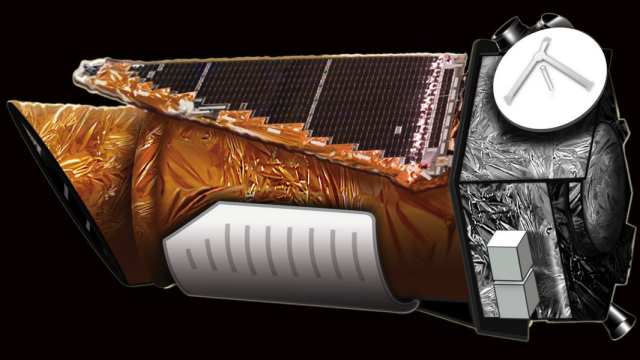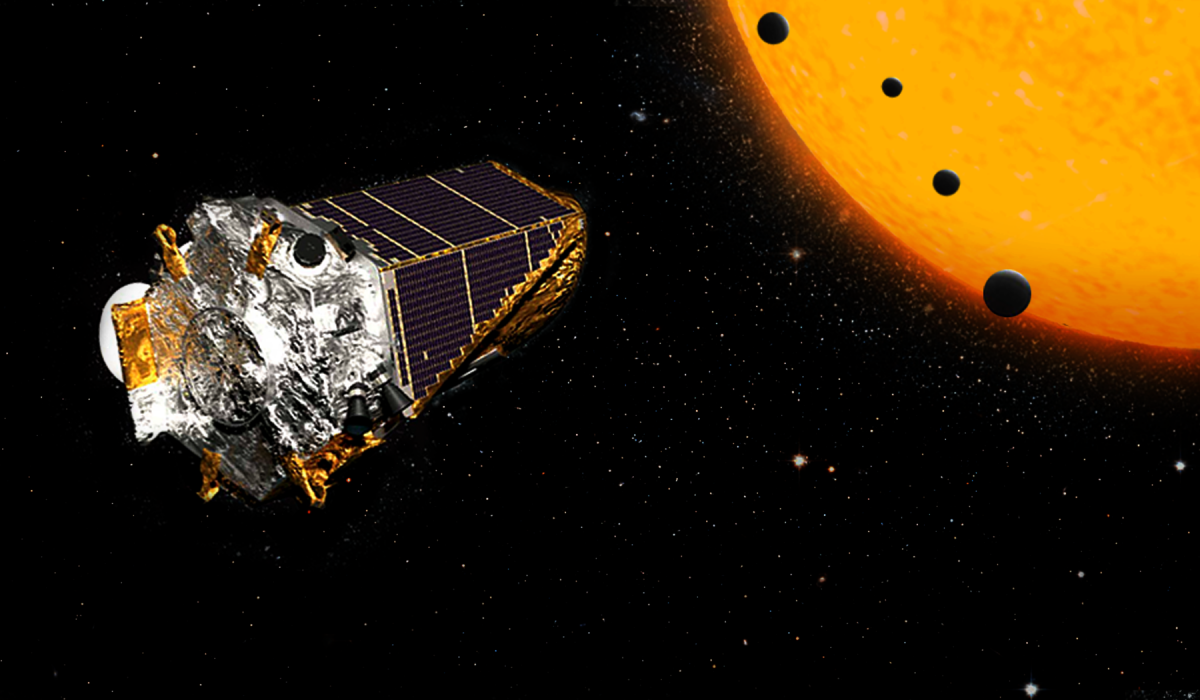
While being slightly overwhelmed, it was impressive and a very exciting time!”įor the scientists involved in the Kepler mission it was this mix of innovation and discovery that made all the stress and work worthwhile. That was such a change compared to CoRoT. Once we received the first data from Kepler, we had several hundreds of stars to analyze every 3 months and I was detecting solar-like oscillations for many of them. She states, “Before working on Kepler data, I was working on the seismic analysis of the Sun and a handful of solar-like stars observed by the ESA mission CoRoT, a predecessor to the Kepler mission. Savita Mather said that the sheer amount of data and the change in subject matter proved to be overwhelming, but still exciting. The nerves and overwhelming feelings of working on a NASA mission don’t end when the rocket successfully launches though. I met so many people at the launch who are still my friends and colleagues today!” It’s an amazing moment for team camaraderie too-at launch even the most dignified, accomplished senior astronomers are like little kids on Christmas morning. They state, “It’s hard to beat the launch itself! Seeing a rocket launch is amazing to begin with, but it’s also incredibly nerve wracking when your whole job/career depends on something that is literally about to ride an explosion into space. Lucianne Walkowicz discusses how the mission kicked off with a bang from the very start. When a mission runs for nine years, there are bound to be a wide array of memorable moments. Sarah Ballard was a doctoral research student during Kepler mission who published on planet discoveries. Savita Mathur was an analyst of the Kepler data used to characterize stars like the Sun, and was also in charge of the Kepler stellar properties catalog. Lucianne Walkowicz was a postdoctoral fellow and dubbed the ‘Kepler Fellow for the Study of Planet-Bearing Stars’ during the Kepler mission. Let’s meet the scientists! Adler Planetarium Astronomer Dr.

As we celebrate the 450th birthday of Kepler this year, the Adler Planetarium also celebrates the Kepler mission and all the amazing scientists who continue to contribute to our understanding of the universe. The mission lasted for over nine years, finally retiring the space telescope on Novemthe 388th anniversary of Kepler’s death.ĭuring the nine years of the Kepler mission, an incredible array of scientists worked in various fields and research areas, extending the legacy of Kepler’s work into a more diverse modern age. The Kepler mission’s objective was to discover Earth-sized planets orbiting other stars within our region of the Milky Way. On Mathe Kepler space telescope was launched into Earth-trailing heliocentric orbit.

Not only is Kepler still considered one of the most influential founders of modern astronomy, but his name continues to be used today in association with astronomy and space exploration. One thing that doesn’t need deciphering is the legacy Kepler left behind.
#Kepler space telescope code
The frontispiece, or illustration facing the cover page, of this book was designed as a visual code by Kepler as a way to insert himself into the history of astronomy and assert his own place within the field! In this exhibit you can learn more about Kepler and his work as we help decipher the Kepler code! Image Caption: The frontispiece visual code illustration from Johannes Kepler’s book, Tabulae Rudolphinae. He achieved quite hefty accomplishments and notoriety within his 58 years of life!Īs the scientific world celebrates the 450 years of innovation that came from Kepler and his legacy, the Adler Planetarium created a virtual Google Arts and Culture exhibition that takes a deep dive into one of Kepler’s most famous books, the Tabulae Rudolphinae, which was published in 1627.

He also laid the foundation for modern optics with his studies on human vision and the behavior of light passing through lenses, and introduced an improved version of the refracting telescope. Kepler would become the imperial mathematician to three different Holy Roman Emperors, all while becoming noted for his work in studying the laws of planetary motion. Kepler was a German astronomer who started his career as a mathematics teacher before working for another titan of astronomy, Tycho Brahe. Credit: NASA Ames/JPL-Caltech/T PyleĢ021 marks the 450th anniversary of the birthday of one of the most noted astronomers in history, Johannes Kepler. Header Image: Artist Concept of the Kepler Space Telescope operating during a new mission to find planets.


 0 kommentar(er)
0 kommentar(er)
